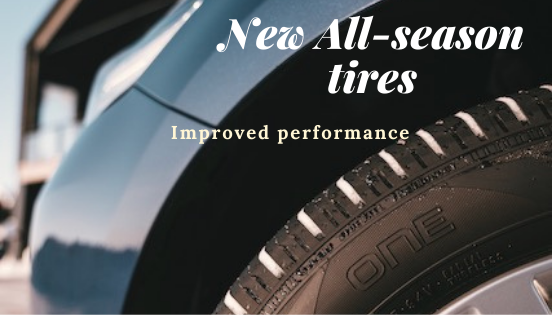The first thing you need to know is that winter tires have been optimized to handle winter conditions. They used to be referred to as snow tires, but since they have evolved to perform in any winter conditions, they are now more commonly called just winter tires. Winter tires have been tested, and they have to pass performance tests to receive the severe service emblem on the sidewall on the tires. This is different from the M+S marking that manufacturers can put on the sidewall if they feel that the tread is good on mud and snow. When tires are approved for winter use, they will have a severe service emblem and not the M+S marking.
You have two different types of winter tires, the studded tires, and the non-studded tires. The big difference is that the studded tires use metal studs protruding from the tread to create grip and traction, and this works very well on icy surfaces. The non-studded tires will use grip particles that have been added to the tread. The advantage of non-studded tires is that there are no restrictions on their use, and they are legal to use in any state or province. They are still car tires that should be used only during the winter season and should be changed to all-season tires once the winter is over. This way, you will have the best performance throughout the year.
For more information regarding winter tires, visit: https://www.nokiantires.com
